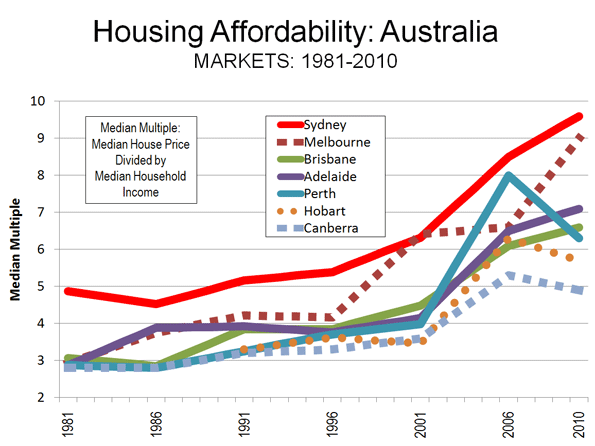PWC ranked Houston #11 *in the world* for business, life, and innovation - a really amazingly high ranking when you think about it. Here's what they said:
Best : #2 in cost of owning business space, entrepreneurial environment and life satisfaction, #3 in commute time and cost of living
Worst : Last in foreign job-creating investment and international tourists
Details: Houstonians love Houston. So do US business owners. The rest of the world ... not so much. With lax zoning laws and plentiful space, Houston's low cost of living and doing business is a dream for American businesses and middle class workers, but the rest of the world pretends as though the city doesn't exist. The city has fewer international tourists than any other comparable global city.
That sparked an interesting debate started over at HAIF on how to improve Houston's tourism, especially for foreign visitors. This has always been a tough issue for Houston. We just don't get tourism proportionate to our global economic standing, and out-of-sight is out-of-mind. But what would a realistic strategy possibly be?
- Out family-fun Orlando?
- Out weather California?
- Out beach Florida or Hawaii?
- Out culture New York?
- Out museum DC or New York?
- Out gamble/adult-fun Las Vegas? (or South Beach?)
- Out ski Denver or Salt Lake City?
- Out history New Orleans, Boston, Savannah or Charleston? (or even San Antonio)
See what I mean? People choose vacation locations for specific reasons, and the winners are pretty damn dominant. We're stuck as a local/regional "big city" tourism destination like Chicago is for the midwest and Atlanta is for the southeast, with our share of great museums, restaurants, shopping, and a few attractions - but not enough to pull people from across the country - much less the world - to vacation here. Our one niche exception - something with some global pull - has been NASA JSC and Space Center Houston, but who knows what the future is there.
Here's a long-shot proposal I made a few years ago on my blog, one that would build on the NASA niche:
Finally, Houston needs to upgrade its tourism experience. All great, world-class cities offer a compelling tourism experience, even if only for a short trip. Even with NASA, the Galleria, and solid museum and theater districts, this has been one of Houston’s most glaring weaknesses, and one that has kept us off the radar for educated, well-traveled professionals. Again, the light rail network and some vibrant pedestrian districts will help greatly, but we really need one powerful, anchor “mega-attraction” that will actually draw people to Houston for at least a long weekend. One niche where I think Houston could be distinctive would be the world’s largest engineering and technology museum – something along the lines of DC’s National Air & Space Museum, Munich’s Deutsches Museum, and Chicago’s Museum of Science and Industry. It could even be one of the Smithsonian’s network of National Museums, which have started to move out beyond Washington DC (Design in NYC, Industrial History planned for Pittsburgh). Think of it as Houston’s version of Paris’ Louvre or London’s British Museum. The combination with Space Center Houston could create a national draw, not to mention a wonderful source of educational and career inspiration for our youth. As far as sites, 109 acres just became available at the end of the light rail line with the closing of Astroworld – not to mention the old Astrodome - both easily accessible to downtown and Reliant Park conventioneers. Any well-heeled philanthropists out there?
Done on a large enough scale, I could see it attracting not just the usual tourists, but multi-day student group field trips from all over like Space Camp does in Huntsville or the Smithsonian complex in DC - inspiring a new generation of scientists and engineers. It should not just focus on history, but articulate the great engineering and technology challenges we face going forward. It would be a big, bold, expensive gamble - but could be just the ticket to move us up to the next level in tourism and international recognition.













